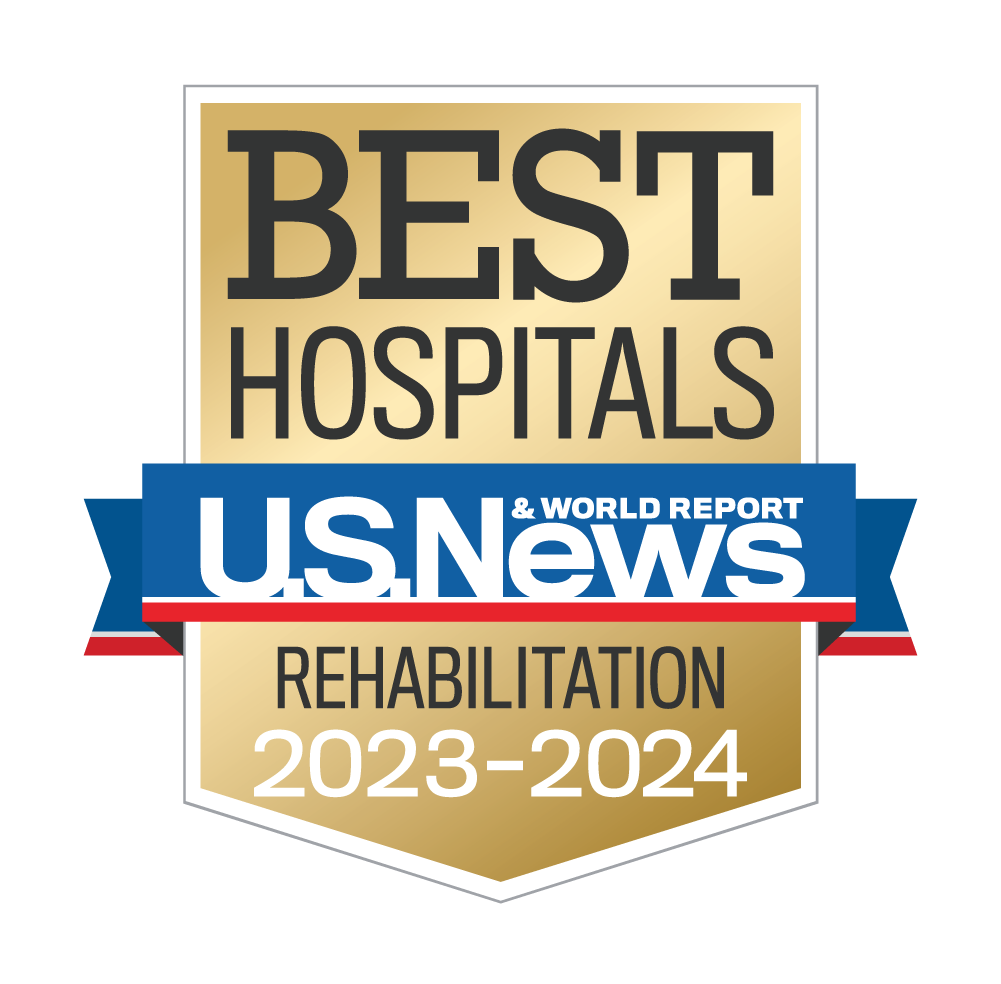The ultrasound didactic program runs on a 1.5 year cycle, with 18 sessions completed in each 1.5 year block. Because the PM&R Residency at Michigan Medicine is an advanced program, each resident will experience these sessions twice during their residency, for a total of 36 sessions. Supplemental sessions are offered in the evenings for additional learning opportunities if desired.

How is ultrasound training structured?

What are the sessions like?
Residents are divided into two groups for didactics: hands on scanning (1:3 faculty:resident ratio) and active and collaborative study.
Lecture materials, including recorded presentations, syllabus, and relevant resources (i.e. anatomy information) are available on the residency gateway.

What about more focused opportunitites?
During the PGY-3 year, residents have a Point-of-Care ultrasound (PoCUS) rotation, during which time they borrow the point-of-care (portable) ultrasound machine that they can use in clinic and at home. During their PGY-3 PoCUS rotation, the resident physician will master the basics of sonography, including ultrasound physics and knobology, through hands-on scanning. They will be required to perform basic diagnostic scans of pre-selected musculoskeletal structures as noted in the timeline.
Prior to successful completion of the rotations, the saved images are to be reviewed and evaluated with their resident physician's assigned musculoskeletal ultrasound faculty. Though required for successful completion of the rotation, the purpose of this review is to provide personalized feedback to enhance application of ultrasound into medical education.
Residents also have a 4-week procedures rotation in their PGY-4 year. Each resident borrows the Lumify US transducer for the duration of the rotation. He/she will perform hands-on scanning to apply the knowledge and skills gained during his/her rotation. Residents will be required to perform basic diagnostic scans of pre-selected musculoskeletal structures (eg joints, tendons/bursa, and nerves).
During both the PGY-3 and PGY-4 focused rotations, residents are provided with access to MSKNav, which proves an interactive ultrasound atlas to help them explore the relevant anatomy.
Prior to successful completion of the rotation the resident will have:
(1) obtained images of the injection trajectories as noted in the US procedure check list or performed this injections.
(2) Obtained all beginner images from at least 2 separate joint structures within the scanning protocol. Selected joints should be different from any joint reviewed during the PGY-3 POCUS rotation.
(3) The saved images are to be reviewed and evaluated by one of the musculoskeletal ultrasound faculty. The purpose is not to have a 'text book' image, but rather, an opportunity to open dialogue and provide a mentored clinical experience.
Residents are encouraged to continue to scan and identify sonoanatomy beyond the procedural injection checklist requirements, and build on their knowledge through additional structures outlined in from the PoCUS Scanning Checklist


